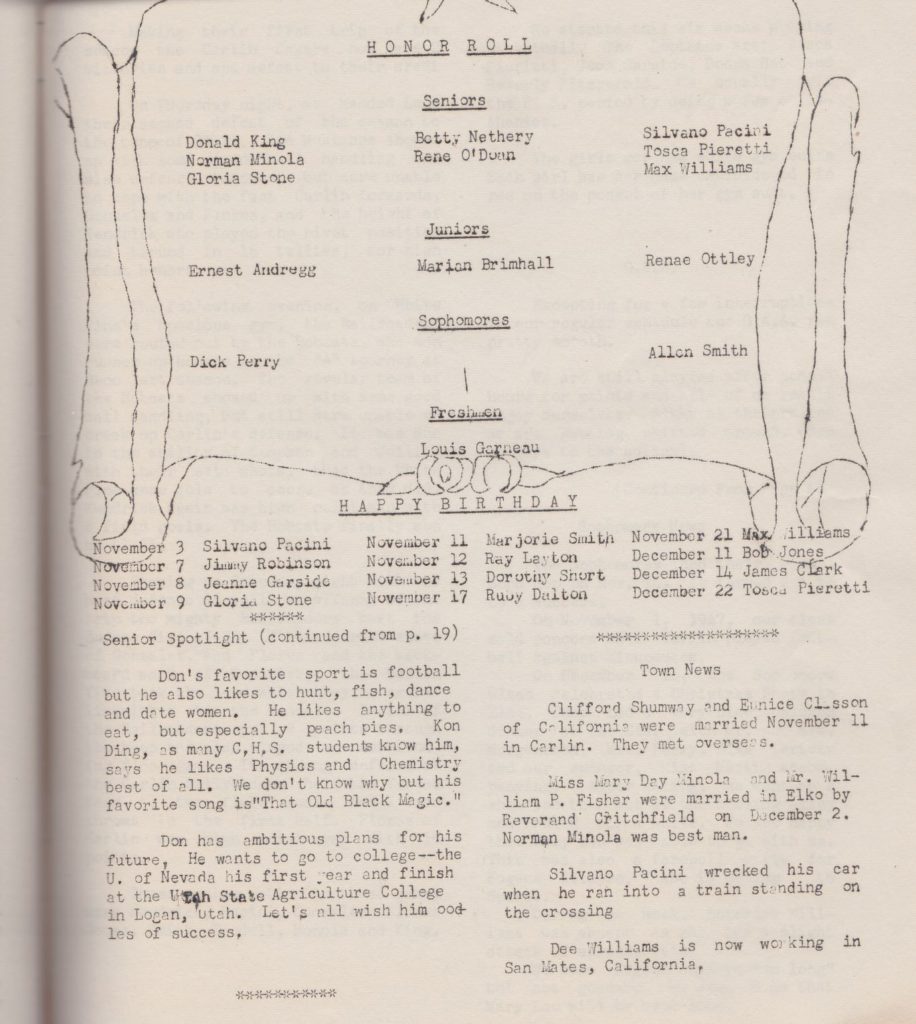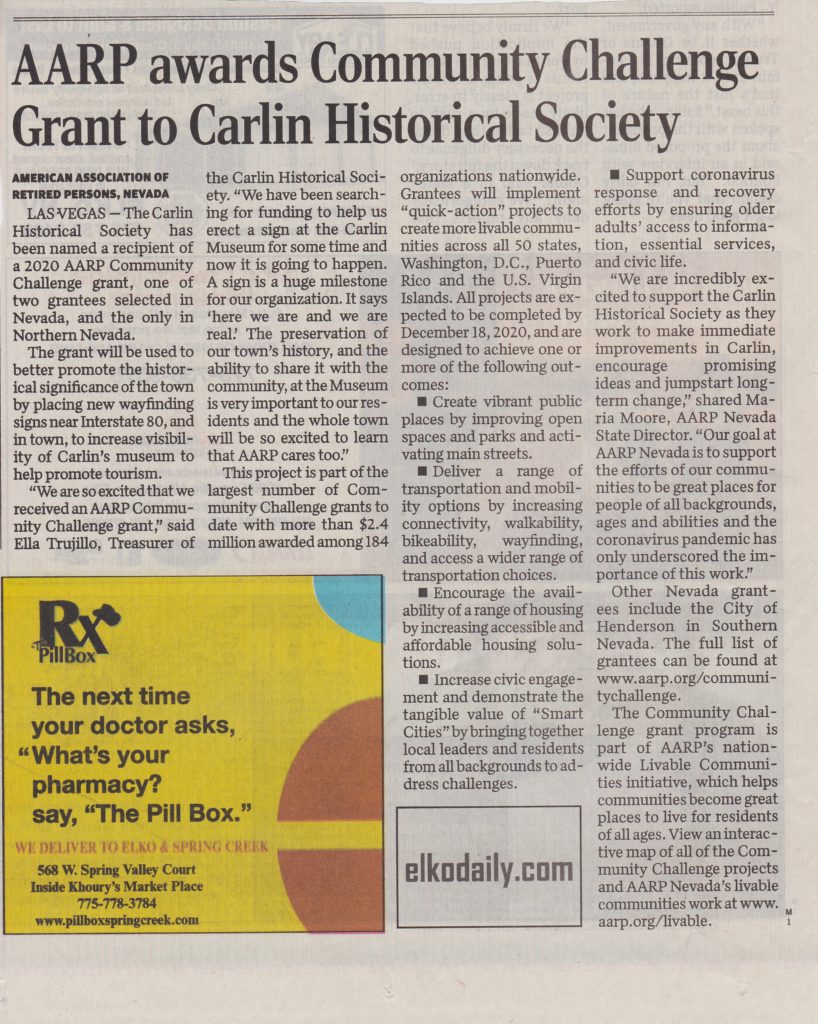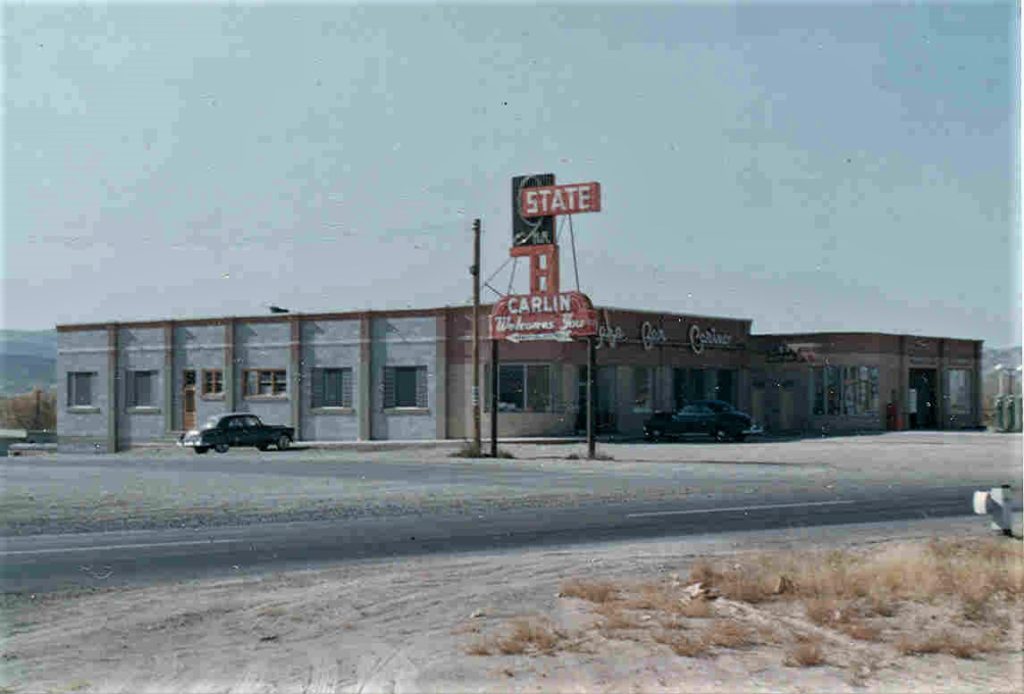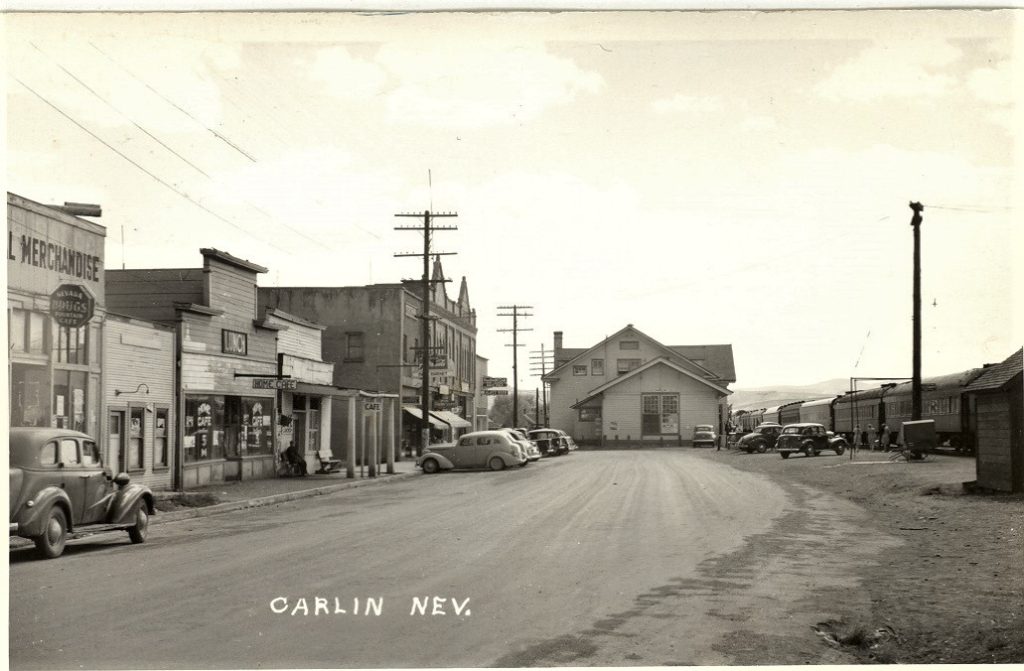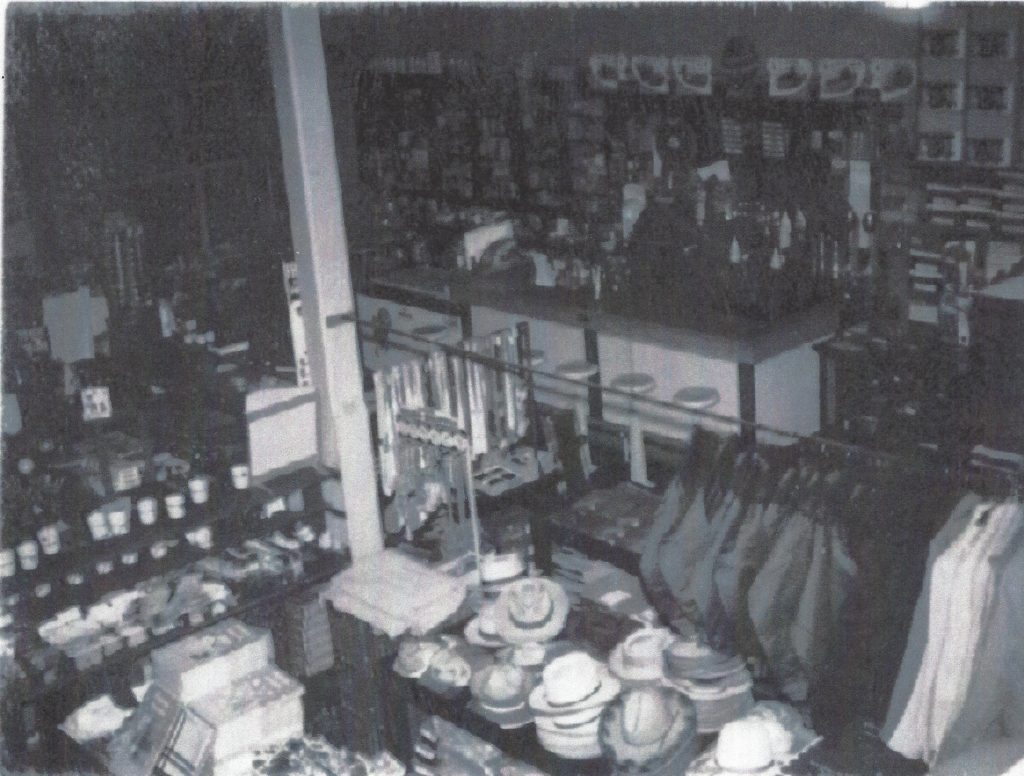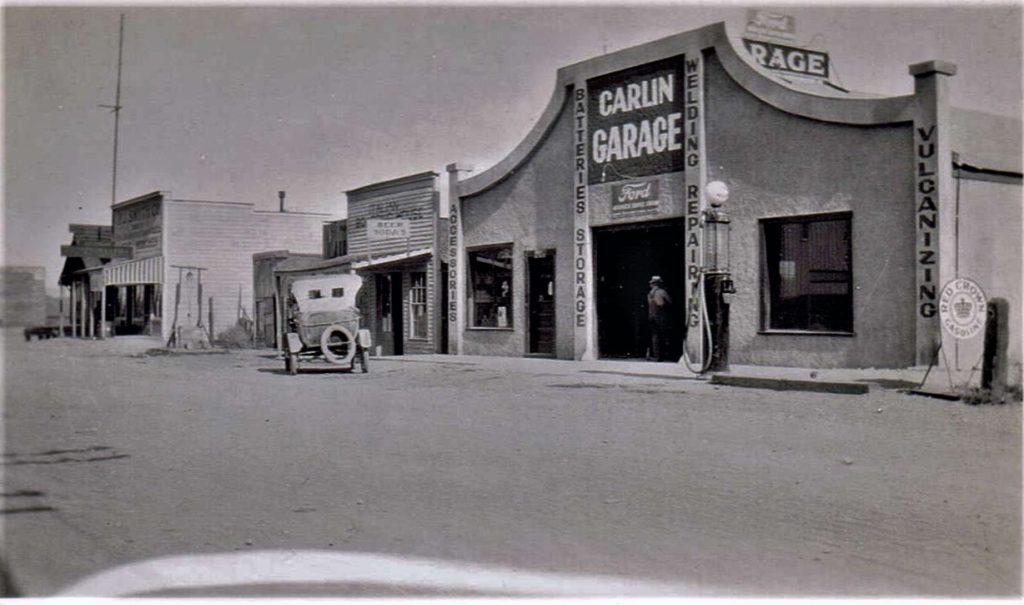The Sagebrush was published by the students of CHS. The oldest edition that we have is from 1934 and the oldest 1948. We do not know if it was published continuously during this period. What we do know is that the students of CHS put a lot of time and effort into each edition. Some were up to 19 pages long and all included illustrations drawn by the students themselves! Each edition had class news from first grade to the senior class, town news, honor roll names, sport and club updates, and stories and poetry written by the students. Some issues included stories that were reprinted, like the following Christmas tale. We hope to share more tidbits from the copies of The Sagebrush that we have and are always looking for more editions so please let us know if you have any!
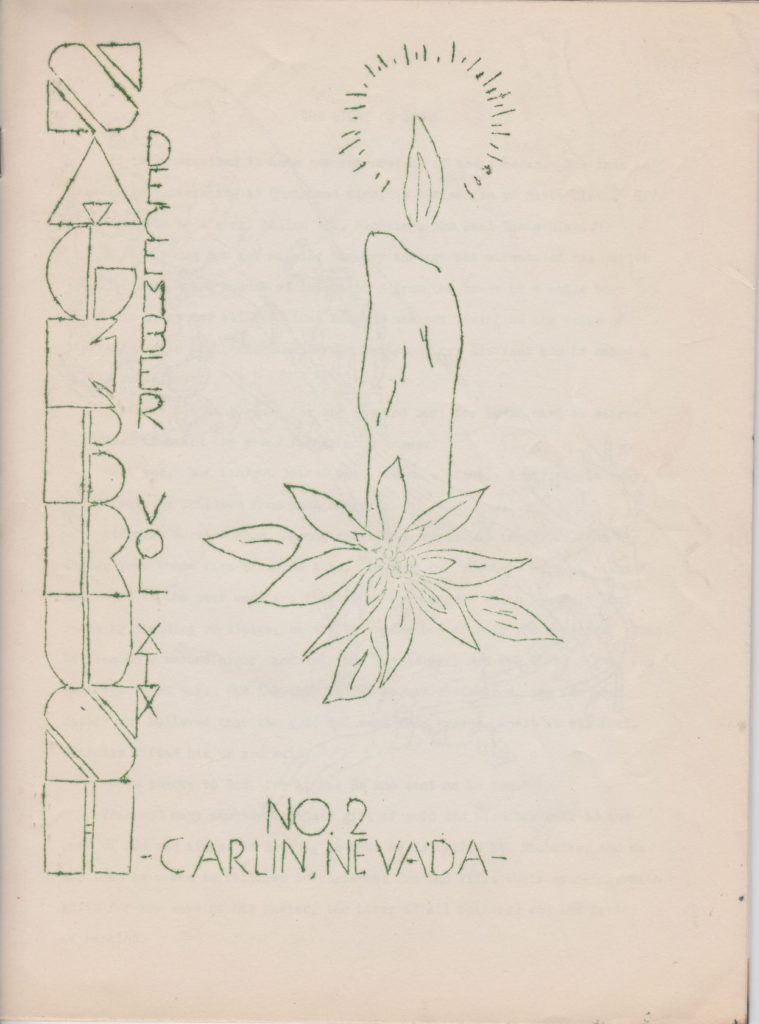
The Story of Santa
It is interesting to know how our customs of today began. One that is especially interesting at Christmas time, is the origin of Santa Clause. Here it is as told in a story called “St. Nicholas, the Real Santa Clause!”
A rich young man was walking one day through the streets of his native town when he heard sounds of lamentation from the house of a noble born man whose money had all been lost and who was now living on the verge of starvation with his three daughters. The young man listened and he heard a girl’s voice say:
“Father, let us go into the streets and beg, for it is hard to starve.”
Then he heard the proud father make answer:
“Not yet. Not tonight let us wait one more night. I will again pray God to save my children from such disgrace.”
Nicholas hurried home. Among the treasures he had inherited from his father were three bars of solid gold. He took one of these bars at night to the house of the poor man, and finding an open window which he could just reach by standing on tiptoe, he thrust the bar of gold and departed. Then he came on a second night, and left the second bar; and the third night, and left the third bar. But the third night he was discovered, and the poor father who believed the gold had come from heaven, knelt at his feet. Nicholas lifted him up and said.
“Give thanks to God, for it was He who sent me to you.”
This and many another splendid gift of gold did Nicholas make in the name of God and always in secret, so that he is called St. Nicholas, and we say that he comes to children on Christmas Even and fills their stockings with gifts for the sake of his Master, the Lover of all children and the Savior of mankind.
_________________________________________________________________________________
Sometimes the news reported was rather interesting! For example, this edition states that “Silvano Pacini wrecked his car when he ran into a train standing on the crossing.” Perhaps he was hoping for a new one for his birthday which The Sagebrush reported was on November 3rd.
